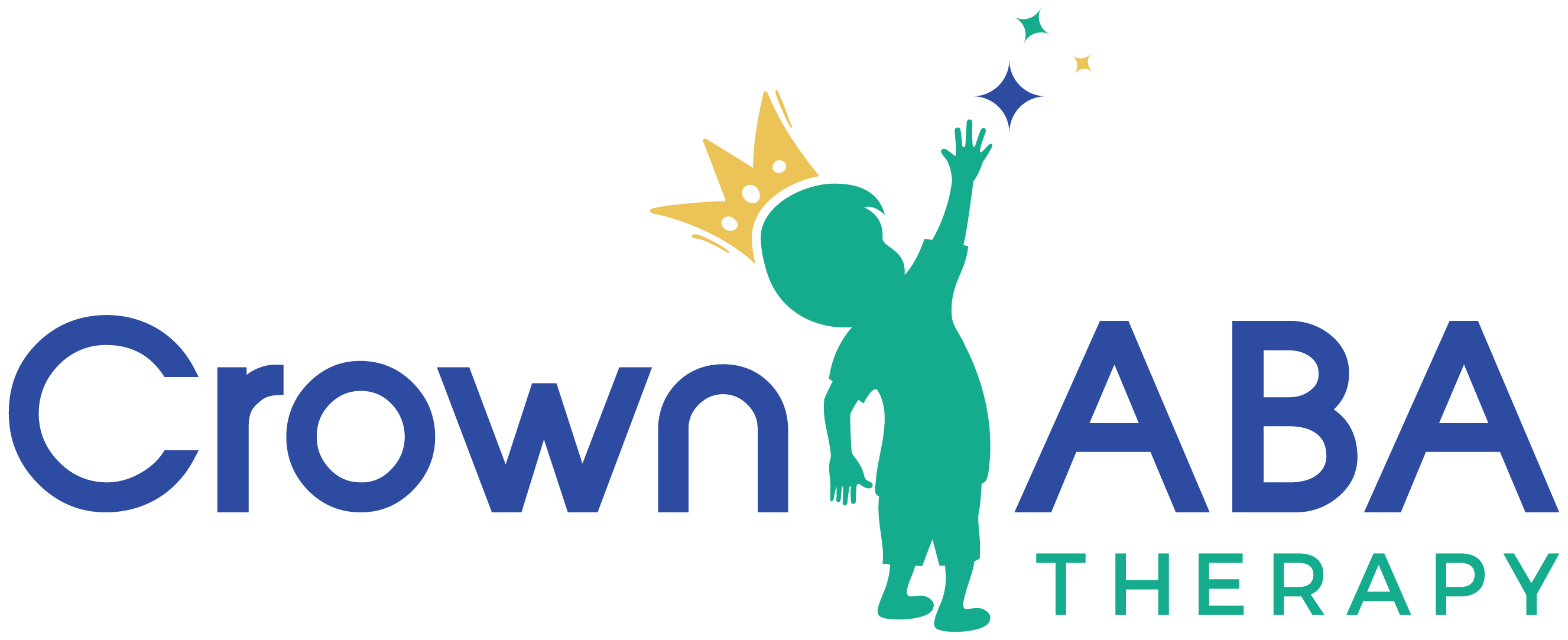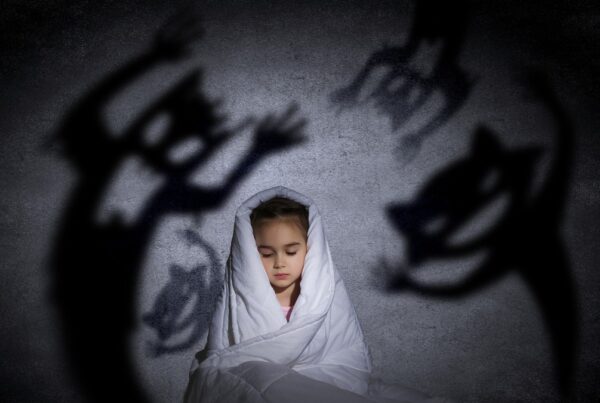Key Points:
- Flat feet are not a direct sign of autism, but they are more commonly seen in individuals with autism spectrum disorder (ASD) due to differences in muscle tone and motor development.
- Understanding the physical symptoms, like flat feet, that often accompany autism can help parents seek early intervention and supportive therapies.
- While orthotics and physical therapy may help with flat feet, ABA therapy remains a foundational approach to supporting broader developmental and behavioral needs in children with autism.
Maybe you’ve noticed your child walking differently—feet flat, ankles turning in a bit, posture slightly off. It might seem small, but when paired with other behaviors, it raises questions. Are flat feet a sign of autism? Let’s unpack what this means and what you can do as a parent.
Are Flat Feet a Sign of Autism?
No, flat feet are not a sign of autism by themselves. However, studies and clinical observations suggest that individuals with autism spectrum disorder (ASD) are more likely to have flat feet or other musculoskeletal differences. These may be related to low muscle tone, sensory processing issues, or developmental delays common in autism.
What Exactly are Flat Feet and How Do They Affect Autistic People?
Before exploring how flat feet may relate to autism, it helps to first understand what flat feet actually are. Also known as fallen arches, flat feet happen when the foot’s arch flattens out, making the whole sole rest against the ground. It’s normal for babies to have flat feet, as their arches typically form over time, but when the condition continues into later childhood or adulthood, it can cause pain or issues with movement.
The Link Between Autism and Flat Feet in Children
Many parents notice physical differences in their children with ASD—poor posture, unsteady walking, or unusual gait. These signs are rarely isolated. They often come from differences in how the body processes information and moves in space.
The link between flat feet and autism may come down to a few overlapping factors:
1. Hypotonia (Low Muscle Tone)
Children on the spectrum often experience low muscle tone, which can lead to loose joints and weak support structures in the feet.
2. Sensory Processing Differences
Autistic children may walk on their toes or adopt different gaits due to how they perceive sensory input. This can affect foot development and arch formation.
3. Motor Development Delays
Autism is frequently associated with delays in motor skills, coordination, and balance. These delays can manifest physically in foot structure over time.
Exploring the Impact of Flat Feet on Children with Autism
Flat feet can sometimes fly under the radar—especially if a child isn’t complaining of pain. But when left unaddressed, they can create more challenges for children already navigating sensory and motor differences.
If your child has autism and flat feet, here’s what to watch for:
1. Pain or Fatigue While Walking
Because flat feet don’t absorb shock well, children may experience soreness or tire quickly when walking or running.
2. Poor Posture
Flat arches can affect alignment, leading to issues in the knees, hips, or back over time.
3. Difficulty With Physical Activities
Kids may avoid running, jumping, or climbing—not just due to sensory aversion but because of actual physical discomfort or unsteadiness.
These issues, if left unmanaged, can impact a child’s physical confidence and willingness to participate in peer play or therapy activities.
If you’re exploring the symptoms of autism in children, you might also be interested in understanding other challenges they face, such as night terrors. For a deeper dive into this topic, check out our article, “Exploring the Link Between Night Terrors and Autism in Kids.” In it, we examine how these two conditions can be connected and provide helpful insights for parents navigating these experiences.
How Can Flat Feet Be Treated in Children With Autism?
Fortunately, flat feet can often be managed successfully, especially with early intervention. The treatment approach depends on the severity and whether the child is experiencing discomfort.
Here are some supportive options for addressing flat feet in autistic children:
 However, while these physical interventions are useful, they’re only one part of the equation.
However, while these physical interventions are useful, they’re only one part of the equation.
Why is ABA Therapy Still Essential?
Even if your child has flat feet or other physical concerns, the most impactful intervention for autism remains ABA therapy (Applied Behavior Analysis). It’s important to understand how ABA and physical interventions can work hand in hand.
ABA doesn’t directly treat flat feet, but it can:
- Help children build tolerance for wearing orthotics or doing physical therapy
- Improve compliance with stretching or motor exercises
- Support behavioral goals that improve participation in daily physical activities
ABA therapy is especially helpful when a child resists certain physical supports due to sensory sensitivities or behavior challenges. By reinforcing positive responses and building routines, ABA therapy makes other treatments more effective.
What Should Parents Do If They Notice Flat Feet and Developmental Delays
When a child presents with both physical differences (like flat feet) and behavioral or social challenges, it’s time to dig deeper. Flat feet alone aren’t a sign of autism, but in the context of other signs, they may help complete the puzzle.
Here’s a helpful roadmap for concerned parents:
1. Schedule a Pediatric Assessment
A pediatrician or developmental specialist can help evaluate physical and developmental milestones. Don’t hesitate to bring up all concerns, even if they seem minor.
2. Ask About Developmental Screenings
Tools like the M-CHAT (Modified Checklist for Autism in Toddlers) or DSM-5 criteria can help screen for autism spectrum disorder.
3. Connect With a Multidisciplinary Team
This may include a pediatrician, developmental psychologist, physical therapist, occupational therapist, and a board-certified behavior analyst (BCBA).
The earlier the intervention, the better the outcomes. Recognizing patterns—even subtle ones like flat feet—can give your child a better head start.
If you’re curious about the connection between flat feet and autism, you may also find our article, “How to Tell If It’s Apraxia, Autism, or Both” insightful. This piece delves into the nuances of distinguishing between apraxia and autism, providing a deeper understanding of how these conditions can overlap.
Support That Walks With You: ABA Therapy in Maryland
If you’re a parent navigating the complex world of autism support, Crown ABA is here to help. We specialize in ABA therapy in Maryland, offering evidence-based, compassionate care tailored to your child’s unique needs.
Whether your child struggles with sensory challenges, behavioral concerns, or motor coordination—ABA therapy can empower them to thrive in daily life, school, and beyond.
Let’s take the first step together. Reach out to us to learn how our experienced therapists can support your child’s journey with autism through personalized, one-on-one ABA therapy.





